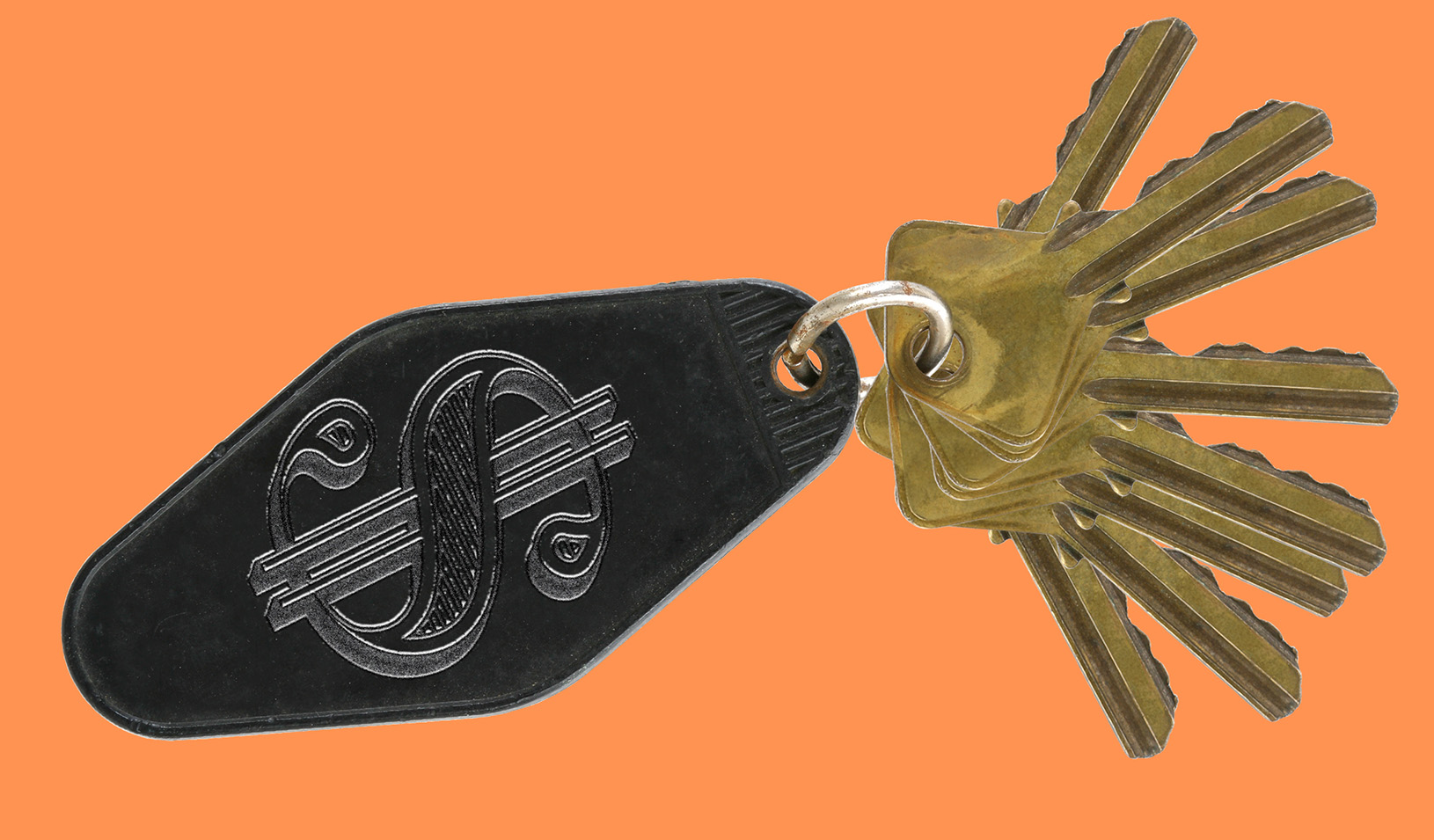Auctions for things like wireless spectrum are some of the most complex in the world, leading researchers to question: How well do they work? | iStock/morfous
Auctions are good way to efficiently value an asset based on market demand.
Most people are familiar with traditional auctions that involve an auctioneer calling out steadily ascending prices, until there’s a single buyer left with their bidding paddle in the air. But there are other types of auctions: those with private bids, those where everyone is assumed in until they drop out, and others where the auctioneer starts at a high price that descends.
Perhaps the most complex form are auctions where assets of different types are bought or sold simultaneously, like the spectrum auction being conducted by the Federal Communications Commission, in which TV broadcasters across the U.S. are selling tens of billions of dollars of wireless spectrum to mobile internet providers.
In the current auction, the FCC aims to purchase what may be hundreds of television licenses, and then “repack” stations that choose to remain on the air, in order to create a set of radio spectrum licenses that will be ideal for wireless services. These licenses will then be sold to mobile internet providers.
Researchers from Stanford Graduate School of Business are not only studying the bidding behavior in spectrum auctions, but in some cases, they’ve also helped design the underlying mechanics of these auctions.
In a new paper, Jonathan Levin, the dean of Stanford GSB, and fellow Stanford economics professor Andrzej Skrzypacz examine an auction format first used in 2005 and currently in use worldwide.
They found surprising quirks in this type of auction’s format that create major strategic uncertainty and open the opportunity of predatory bidding, with little or no cost to the predator.
“There is no perfect design,” Skrzypacz says. “Designing multi-unit auctions is part science, part politics, part art. There are difficult decisions to make, and depending on the goals of the auction, different designs may win.”
The Combinatorial Clock Auction
Levin and Skrzypacz studied the combinatorial clock auction format after noticing an intriguing trend in these types of auctions: One company would sometimes pay less than competitors, despite winning similar or larger amounts of spectrum.
The combinatorial clock auction format involves an initial multi-round stage of bidders publicly declaring their interest in bundled packages of spectrum at different price points, followed by a second round of sealed bids. Trinidad and Tobago ran the world’s first combinatorial clock auction, ultimately raising $25.1 million.
In Canada’s 2014 combinatorial clock auction, Bell Canada picked up a package of spectrum for 570 million Canadian dollars, while competitor Telus got a similar package for $1.14 billion CAD. In Switzerland, Swisscom picked up a package for 360 million Swiss francs while their competitor paid 482 million francs for a smaller package of spectrum.
Were these apparent anomalies to be expected in an efficient auction with non-uniform pricing, or were they flukes in the system? Or were successful bidders somehow leveraging flaws in the process?
“We spent a lot of time asking ourselves, ‘Is the behavior we’re observing special to this country, or is it a general property of this auction?’” Skrzypacz says. “We tried to figure out new properties of the combinatorial clock auction that people were unaware of, and show they’re quite robust, rather than mistakes by bidders that may disappear with experience.”
Levin and Skrzypacz found the combinatorial clock auction can be manipulated. Bidders can bid more aggressively or less so, which can result in an inefficient allocation of spectrum and prices that are hard to explain. This discrepancy has to do with an element of the combinatorial clock auction called Vickrey pricing, where the winning bidder doesn’t pay the final price they bid — they pay an equivalent of the second-highest price in a single-unit auction.
For example, say Alice bids $100 for item 1 and $80 for item 2, while Bob bids $50 for item 1 and $150 for item 2. Bob would win object 2 and pay $80 (Alice’s bid for that item) and Alice would win item 1 and pay $50 (Bob’s bid for that item).
The intent of Vickrey pricing is to provide incentives for Alice and Bob to bid their true values in an auction, which would allow spectrum to be allocated efficiently.
Strategic difficulties arise if, in this example, Alice values item 2 at $80, but thinks that Bob will bid at least $120 for the item. Alice may be completely indifferent to bids between $0 and $120, since she knows she’ll lose the item to Bob anyway. If she wanted to put her competitor at a disadvantage, she might increase her bid to $110.
This problem is compounded in a multi-round auction, where bidders can observe the behavior of their competitors and infer something about their final bids. These elements can create an incentive for predatory bidders with no interest in winning a specific package of spectrum to artificially drive up demand for that package, in hopes that increased bidding activity will cause their competitors to pay more.
Knowing competitors may try to artificially affect prices, bidders may alter their auction plan, further throwing off the auction’s equilibrium, Skrzypacz and Levin write.
“People knew [the combinatorial clock auction] wasn’t going to be a perfect design, but I think the surprise is how big an issue strategic uncertainty with multiple equilibria would be in practice,” Skrzypacz says.
Skrzypacz adds that the paper’s goal is not to end combinatorial clock auctions, but rather to prompt regulators to think harder about the best format for their specific auction.
In auctions where packages are necessary, the combinatorial clock auction could very well be the best available option.
As the FCC began designing its current auction, it looked at the latest research around the combinatorial clock auction and other auction formats and opted for a format that borrows elements from an earlier format called the simultaneous multiple-round auction, Skrzypacz says.
This latest auction, widely considered the most complex auction in history, will no doubt fuel future research into the subject.
For media inquiries, visit the Newsroom.






